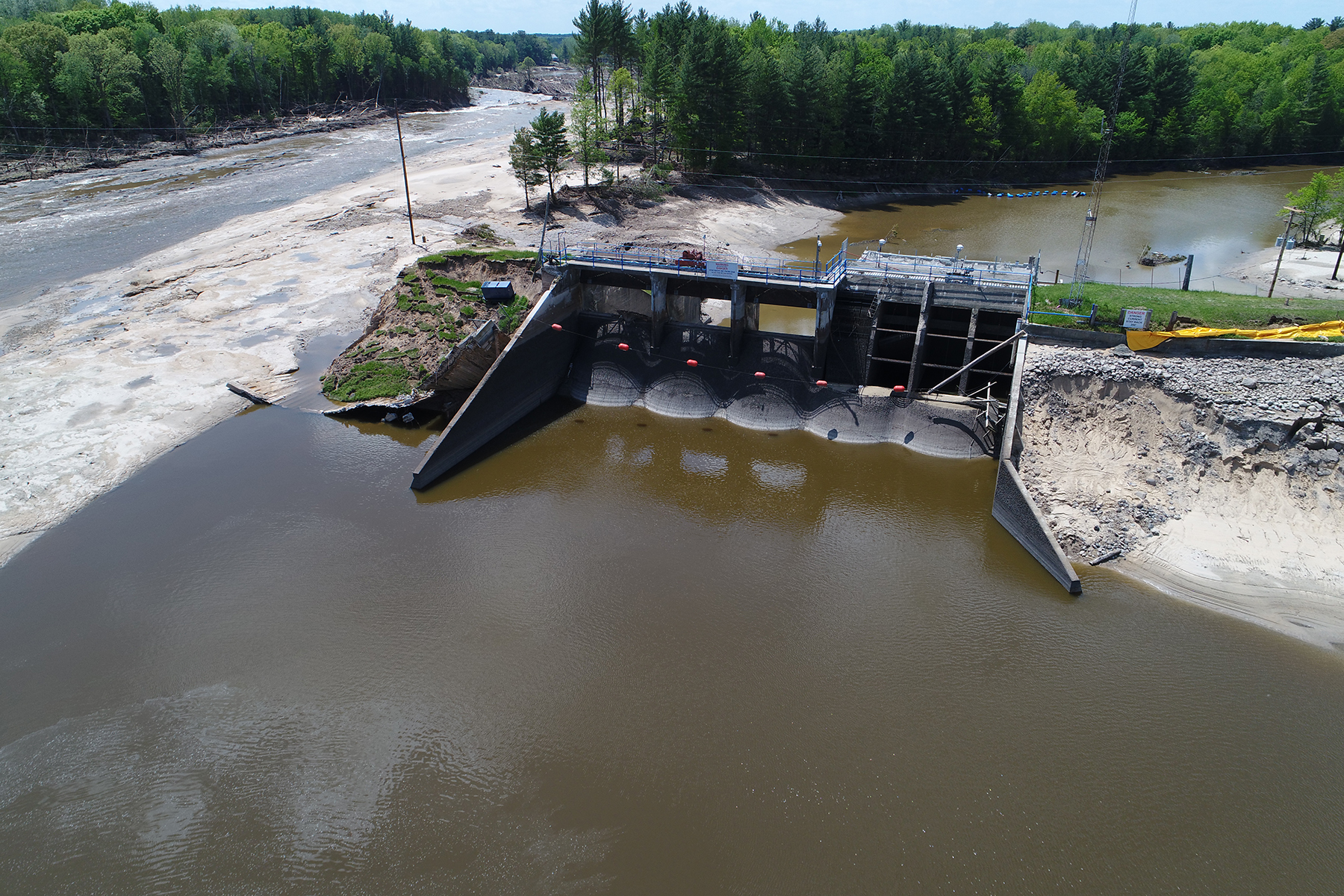
By Jay Landers
The May 2020 failure of the Edenville Dam in central Michigan likely resulted from static liquefaction, rather than overtopping or internal erosion, according to an interim report of the five-person independent forensic team evaluating the disaster.
Detailed in a report released on Sept. 13, the unexpected finding likely will prompt a reexamination on the part of the civil engineering profession as to how to prevent such failures in earthfill dams similar in age and composition to the Edenville Dam.
A ‘significant’ finding
Owned by Boyce Hydro Power LLC, the Edenville and Sanford dams were constructed in the 1920s. Both structures comprised earthfill embankments, gated concrete spillways, and powerhouses. The Edenville Dam was situated at the confluence of the Tobacco and Tittabawassee rivers, while the Sanford Dam was downstream on the Tittabawassee River.
After two days of heavy rains, the Edenville Dam failed around 5:30 p.m. on May 19, 2020, unleashing the reservoir behind it. Known as Wixom Lake, the reservoir had a gross storage capacity of 40,000 acre-ft. The floodwaters subsequently overtopped the downstream Sanford Dam, eroding the structure and causing its failure about two hours later. Thousands of area residents were forced to evacuate.
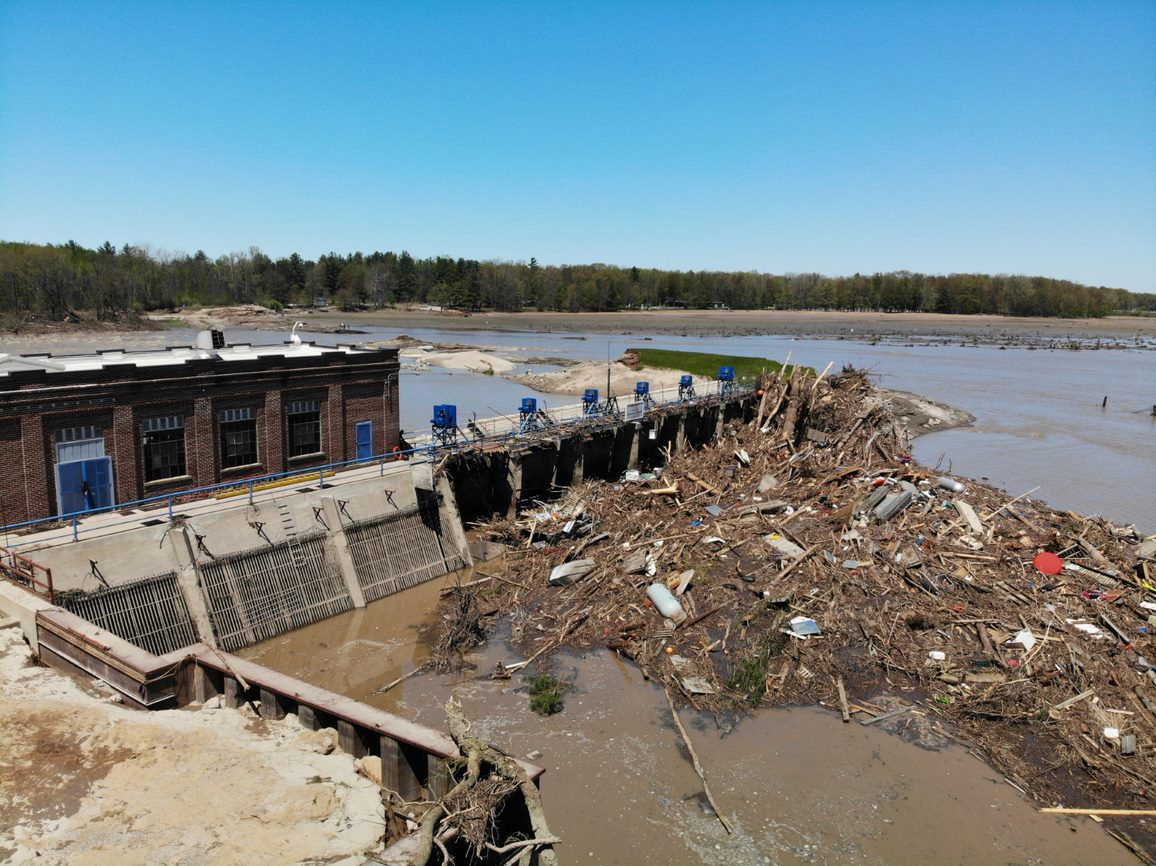
Fortunately, no deaths or injuries occurred, but an estimated $200 million worth of flood damage resulted from the failure of both dams (see “Michigan Dam Failures Prompt Investigations, Lawsuits, and Safety Concerns,” Civil Engineering, July/August 2020, pages 20-22).
In August 2020, the U.S. Federal Energy Regulatory Commission brought on the five members of the independent forensic team to investigate the physical and human factors that led to the failures of both dams. John W. France, P.E., D.GE, D.WRE, an independent engineering consultant at JWF Consulting LLC, leads the team. The other members are Irfan Alvi, P.E., the president and chief engineer of Alvi Associates Inc.; Jennifer L. Williams, P.E., the associate vice president of geotechnical dam safety at AECOM; Arthur Miller, Ph.D., P.E, a technical adviser at AECOM; and Steve Higinbotham, P.E., an independent hydraulic structures engineering consultant.
The IFT’s final report is to be completed either by year’s end or early 2022, France said during a Sept. 13 conference call with media that was conducted by the Association of State Dam Safety Officials.
Although its investigation into the failures of the Edenville and Sanford dams remains ongoing, the IFT felt compelled to publicize its assessment of the physical factors causing the collapse of the Edenville structure, France said. “The finding, particularly with regard to the physical mechanisms of the failure of Edenville Dam, is significant enough from an engineering standpoint that we did not want to hold (out) longer in issuing that finding while we’re continuing (to evaluate) the human factor side,” France said.
Liquefaction, not erosion
The interim report summarizes the team’s findings regarding the physical factors causing the dam failures. Regarding the Edenville Dam, the team examined three potential failure mechanisms: overtopping, internal erosion, and instability, the report notes.
The IFT estimates that Wixom Lake was about 5.5 ft above its normal pool elevation when the Edenville Dam failed, France said. “That’s 3 ft higher than it had ever been before,” he noted. However, the lake elevation remained approximately 1 to 1.5 ft below the embankment crest, France said. “We are quite confident, from all the information we looked at, that the water did not get high enough to overtop Edenville Dam,” he noted.
Eyewitness video recorded at the time of the failure of the Edenville Dam appears to show an approximately 40 to 80 ft wide section of the downstream embankment give way and move downstream in roughly 10 seconds, France said. The remaining upstream section of the embankment holds out for another 10 seconds before it likewise fails rapidly, allowing floodwaters to breach the structure. (Watch a video of the failure.)
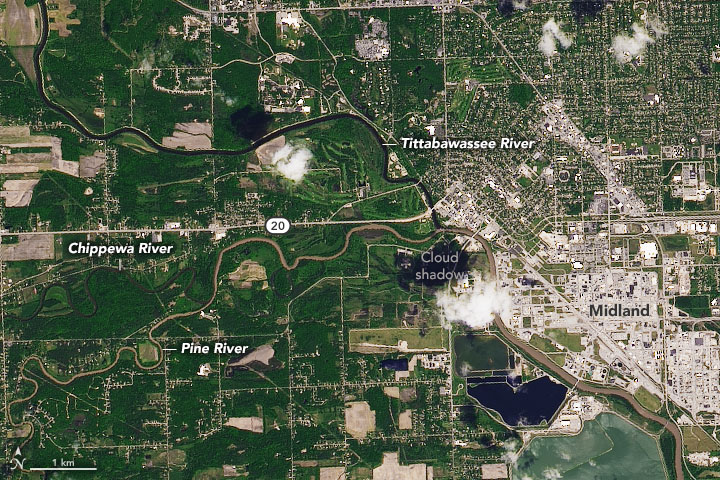
This behavior supports the team’s conclusion that static liquefaction was the primary failure mechanism, rather than internal erosion, France said. “The characteristics of that rapid failure we saw are far more consistent with the static liquefaction flow instability failure,” he said. By contrast, the IFT did not “identify materials in the embankment that would suggest an internal erosion failure,” France noted.
At the same time, the IFT developed “some pretty good evidence supporting” the static liquefaction hypothesis, France said. For example, soil test borings conducted at the dam site “show loose sands present in the embankment,” he said. Meanwhile, laboratory testing conducted on remnant breach material “shows that that sand material in that location, if it is sufficiently loose, does demonstrate this liquefaction flow-type behavior,” France said. Finally, a simplified kinetic analysis performed by the IFT resulted in “pretty reasonable matches to the velocities and accelerations” shown in the video of the dam collapse, he noted.
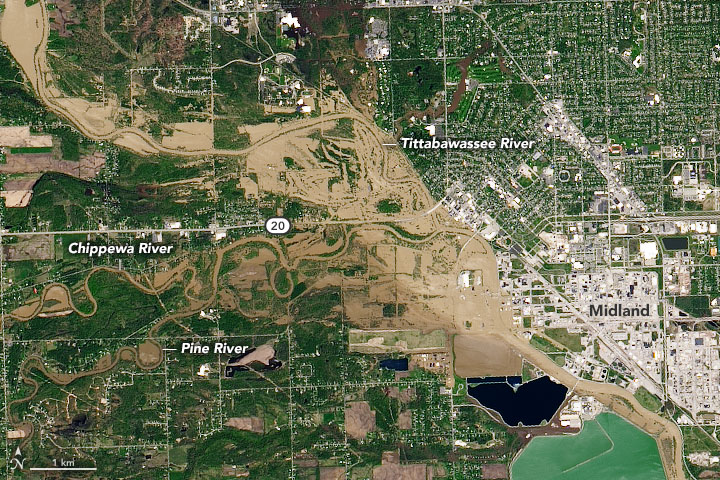
That said, the team does not know the “exact trigger” that precipitated the static liquefaction that caused the dam failure, France said. “We have several plausible phenomena that could be the trigger,” he said. “Leading among them is the high reservoir level elevating the water levels in the downstream side of the embankment that could cause that behavior.”
Construction as a cause?
Construction practices used during the building of the Edenville Dam in the 1920s may have contributed to its failure, France said. Although construction records indicate that the soil used to build the dam was to be placed in layers and compacted, the IFT has found “no evidence” that this was done, France said.
Meanwhile, photographs show soil being dumped from rail carts onto the dam, a practice that can lead to loose sands in the finished embankment, he noted. Subsequent penetration test data taken over the years as part of inspections also verify the loose nature of the sand in the embankment. “It appears, as best we can judge, that the embankment wasn’t constructed according to what that specification said,” France noted.
Preventing another Edenville Dam
Although liquefaction of loose sands in the event of an earthquake is a well-known and well-studied phenomenon, this behavior in the absence of a seismic event is unexpected in the realm of water storage dams, France said. This physical mechanism “is one that is not something that regulators were looking at or practicing engineers were looking at,” he said. However, similar failings have been known to occur in tailings dams, France noted.
The IFT’s finding regarding the physical mechanism underlying the cause of the Edenville Dam failure will “require that we do some changes in how we evaluate these embankments that have loose sands,” France said.
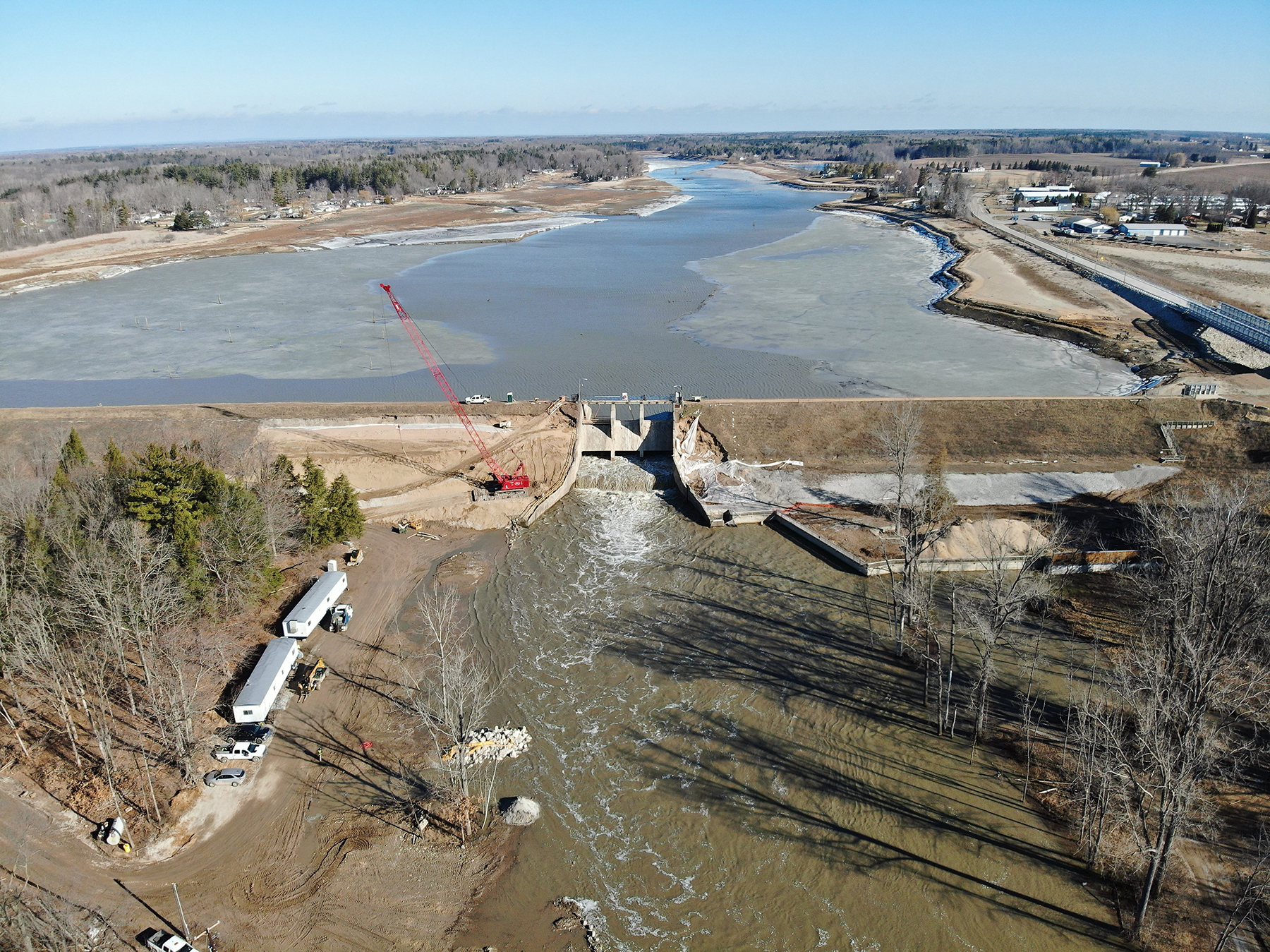
Although the Edenville Dam failure is something of an anomaly, the engineering profession needs to account for it to avoid similar disasters in the future, France noted. “This mode of failure has been relatively rare in water dams, as far as we know,” he said. “It takes an unusual combination of circumstances.”
“But we do, I think, from this failure now know it is possible,” France said. “So, we need to figure out how we look at where it’s possible and how we prevent it.”



